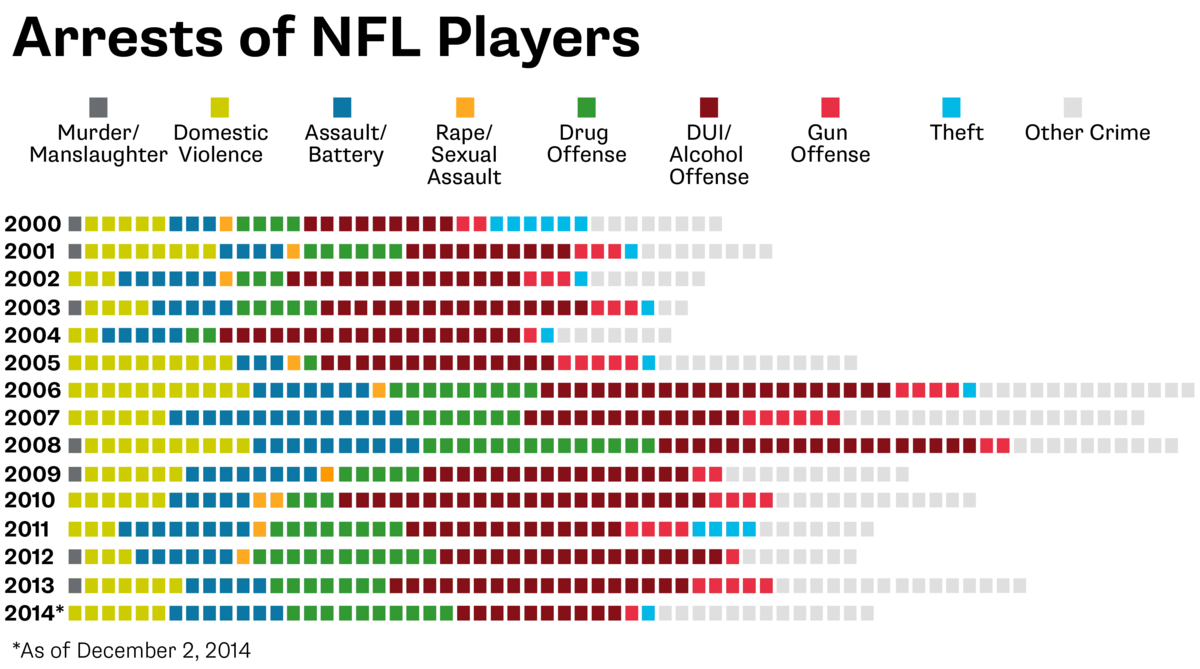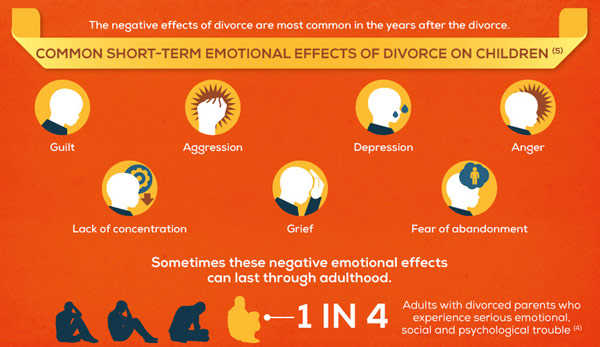Although I know we’re going to talk about this in class soon enough, I find the topic of a zombie apocalypse being a conceivable event fascinating. We have all seen if not heard of the hit TV show, The Walking Dead, and I’m sure many of us have watched other shows and movies about zombies. They’re fictional, completely made up starting back nearly two-hundred years. So what makes it so intriguing that people take the threat seriously, or at least consider it a possibility that may occur in the future? I think people find it relevant to them because it comes from the genre of dystopian literature. Just like how people are paranoid of Big Brother from 1984 becoming a reality, so do they see a kind of relevance in a zombie outbreak. Both are set in our world, cast with normal people, and include a single factor that changes everything. Whether or not a zombie apocalypse will occur won’t be known until the moment Patient Zero emerges, but until then it is left for us to speculate on whether or not we could survive if it does. It is my belief that if it were thirty, maybe even twenty years ago, we would not be prepared in the least.  However, in the present I think we would have a chance.
However, in the present I think we would have a chance.
Why would we have a chance to survive a zombie apocalypse now, compared to two decades ago? The media. The influx of zombie culture has risen exponentially in the past years as an overwhelming amount of zombie-themed movies, television shows, video games, books, comics, and more have been released. A majority of these platforms take place in the present or the near future, allowing people the ability to feel connected to the story, following the paths of the characters and comparing their actions to what they speculate their own actions would be if a similar event were to happen to them. Zombies themselves have also adapted over the years through their media sources; the movie Night of the Living Dead, released in 1968, was the first time zombies were depicted as undead cannibals. Before the 21st century, most zombies were depicted as eerie and slow-moving, incapable of anything faster than an awkward shuffle. Now, to make movies and shows more thrilling, zombies are given the ability to sprint after their prey and are often capable of feats that require great strength.
The changes to the original design of the creatures made them even more frightening to consumers. And what do people do when they’re frightened of something? When a child is afraid of monsters that hide in the dark, their parents tell them that the monsters are afraid of the light, and won’t bother the child when their nightlight is on. So in the case when society is the child and zombies are the monsters, who is the parent and what is the nightlight?
Society asked, and in 2011 the CDC answered. The Centers for Disease Control and Prevention posted a Zombie Apocalypse survival guide, including a list of supplies (water bottles, food, medication, sanitation, etc.) to create an emergency kit, instructions for deciding on an  emergency plan with your family, and information about joining their Zombie Task Force. Also in 2011, an article was published in the Journal of Clinical Nursing that includes instructions for nurses on how to care for patients with the zombie virus (referred to as Solanum), listing details for different stages of the disease (fever, coma, death, re-animation, etc.) and discusses the possibility of euthanasia for patients already infected with the virus. While the CDC post on the subject has some levity to it, the article in the nursing journal takes the threat very seriously, affectively going through all types of symptoms, reasoning behind the illness, and even dealing with the patient’s loved-one’s psychological problems after the person has re-animated or has been euthanized.
emergency plan with your family, and information about joining their Zombie Task Force. Also in 2011, an article was published in the Journal of Clinical Nursing that includes instructions for nurses on how to care for patients with the zombie virus (referred to as Solanum), listing details for different stages of the disease (fever, coma, death, re-animation, etc.) and discusses the possibility of euthanasia for patients already infected with the virus. While the CDC post on the subject has some levity to it, the article in the nursing journal takes the threat very seriously, affectively going through all types of symptoms, reasoning behind the illness, and even dealing with the patient’s loved-one’s psychological problems after the person has re-animated or has been euthanized.
In 2009 a rather popular mathematical analysis was published, analyzing the possible outcomes of a zombie virus outbreak. In the report’s conclusion, the authors state that unless immediate action is taken to prevent the spread of the disease, such as treatment or complete eradication of the virus carriers or virus source, a zombie virus has the capability to destroy civilization, leading to a world not far from those in media depictions. The report is referenced in several of the other sources I looked at, and seems to be acknowledged as the basis of prediction for the outcome of a possible zombie apocalypse.
of the virus carriers or virus source, a zombie virus has the capability to destroy civilization, leading to a world not far from those in media depictions. The report is referenced in several of the other sources I looked at, and seems to be acknowledged as the basis of prediction for the outcome of a possible zombie apocalypse.
As of yet, only hoaxes of zombie viruses have been reported, and the closest nature has gotten to something similar is in cases such as this parasite, which infests the bodies of honeybees and causes the bee to act unnaturally before its death. There has yet to be, to my knowledge, a virus in humans, animals, bugs, or any kind of life that reanimates the victim after the initial death.
In conclusion, with the fear of zombies from recent media inciting a desire to be prepared in the potential event of a zombie apocalypse, I think that people will be able to react quickly enough to prevent a drastic spread of the virus. The mathematical analysis claimed that a cure or total eradication is necessary in order to completely stop the disease, which I believe our society may  be capable of because of the CDC posting an official guide for surviving an outbreak and people already having general knowledge of zombies from the media. It seems silly to write all of this in a serious manner, but the fact that people besides myself debate it earnestly as well, such as the nursing journalist, only proves my point that while such an outbreak seems implausible, we as a society would be prepared nonetheless.
be capable of because of the CDC posting an official guide for surviving an outbreak and people already having general knowledge of zombies from the media. It seems silly to write all of this in a serious manner, but the fact that people besides myself debate it earnestly as well, such as the nursing journalist, only proves my point that while such an outbreak seems implausible, we as a society would be prepared nonetheless.
Sources:
Pictures:
























